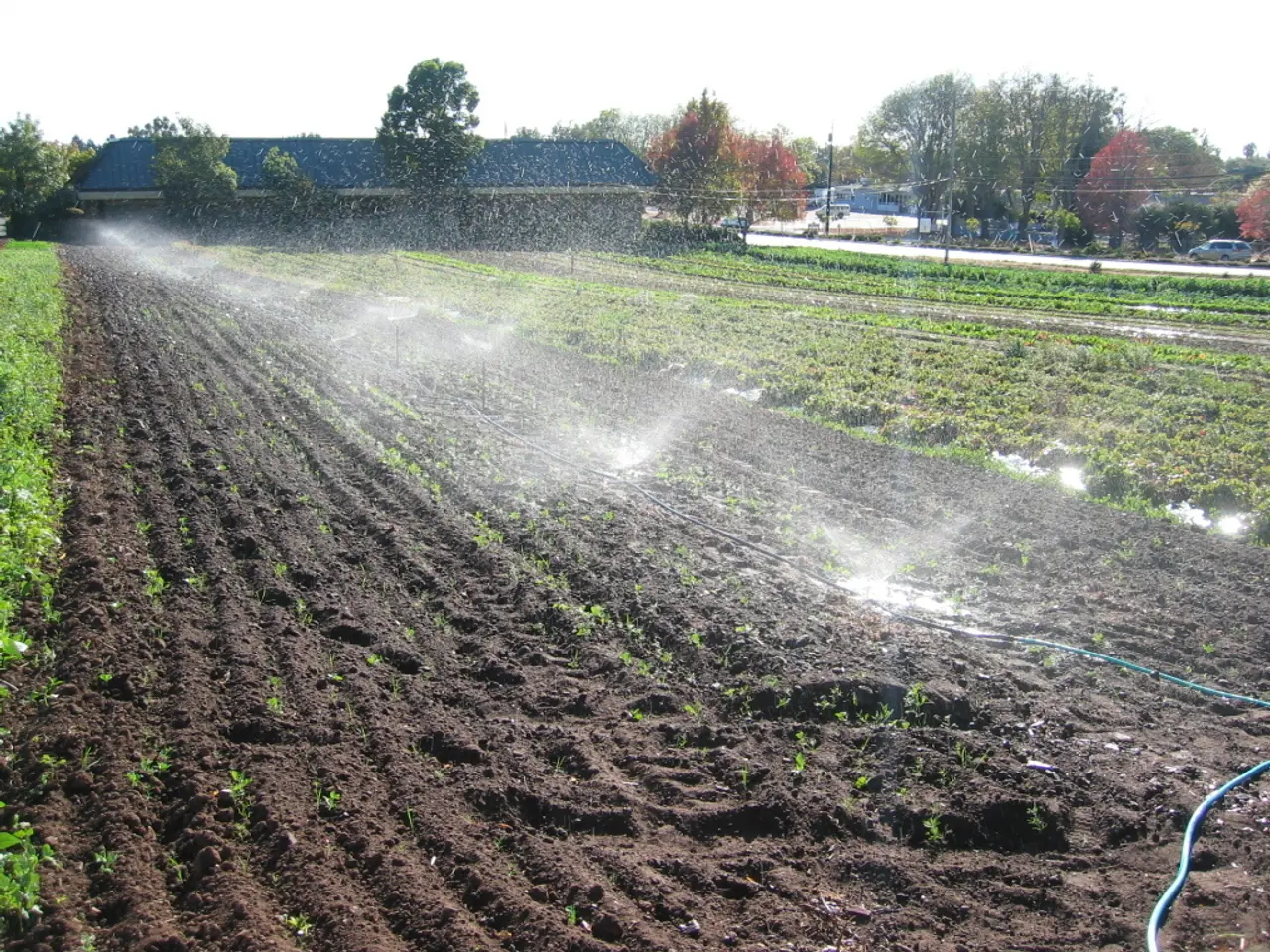Endorses groundwater surveillance through well installations
The Bureau of Land Management: Preserving America's Public Lands and Mineral Estate
The Bureau of Land Management (BLM) is a public land management agency with a mission to preserve and protect over 245 million acres of public surface lands in 12 western states, as well as approximately 700 million acres of sub-surface mineral estate throughout the nation [1][3][5].
The BLM's mission is to sustain the health, diversity, and productivity of these lands, ensuring they are available for multiple uses such as commercial activities, recreation, conservation, energy development, grazing, timber harvesting, and wildlife habitat protection [1][3][5].
The agency manages these lands under the principle of multiple use and sustainable yield, balancing economic, recreational, and conservation goals. This approach encompasses timber, minerals, oil and gas, geothermal energy, wildlife habitats, endangered species habitats, recreation areas, culturally significant sites, wild and scenic rivers, and designated conservation and wilderness areas [1][2][5].
Established in 1946, the BLM consolidated earlier land offices. However, its focus shifted significantly after the 1976 Federal Land Policy and Management Act (FLPMA), which ended the era of land disposal and established a policy of retaining these lands under federal stewardship unless disposal clearly meets the national interest [1][4].
Today, the BLM continues to uphold its mission, managing public lands primarily in the western states and ensuring their continued use and enjoyment for present and future generations. The agency's primary responsibility is to manage public lands on behalf of the American people [1][3][5].
| Aspect | Details | |-------------------------------|-------------------------------------------------------| | Land managed | ~245 million acres of public surface land in 12 western states | | Mineral estate managed | ~700 million acres of subsurface minerals | | Mission | Sustain health, diversity, and productivity of public lands for multiple uses including recreation, commercial, conservation, and traditional uses like grazing and timber harvesting | | Management principles | Multiple use, sustained yield, science-based planning, and public involvement | | Established | 1946, with a guiding mission strengthened by the 1976 FLPMA |
This multi-purpose and regionally economic-beneficial approach makes the BLM one of the largest and most diverse land management agencies in the U.S. [1][2][3][5].
The Bureau of Land Management (BLM), with a focus on environmental science and health-and-wellness, implements various therapies-and-treatments for the conservation of natural ecosystems and wildlife, ensuring the sustainability of the lands it manages. The BLM's science-based planning and public involvement principles extend to the study and protection of endangered species habitats, wild and scenic rivers, and designated conservation and wilderness areas.






